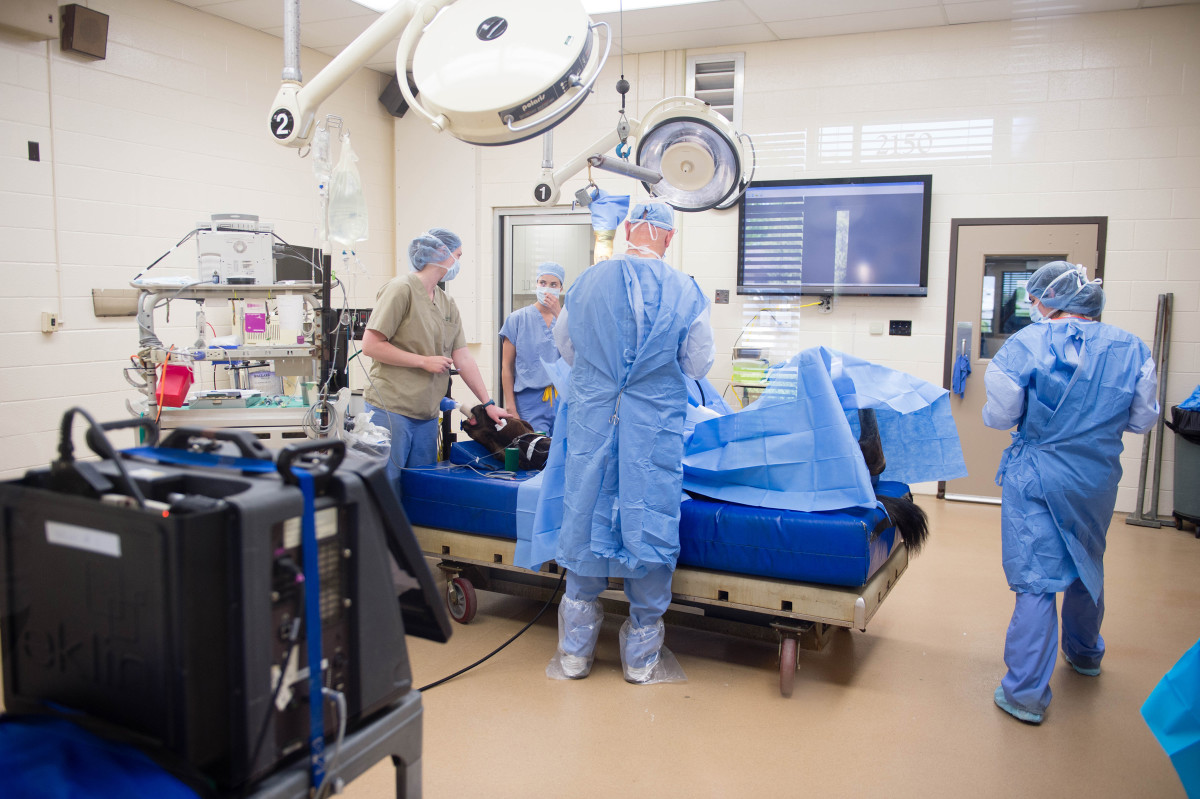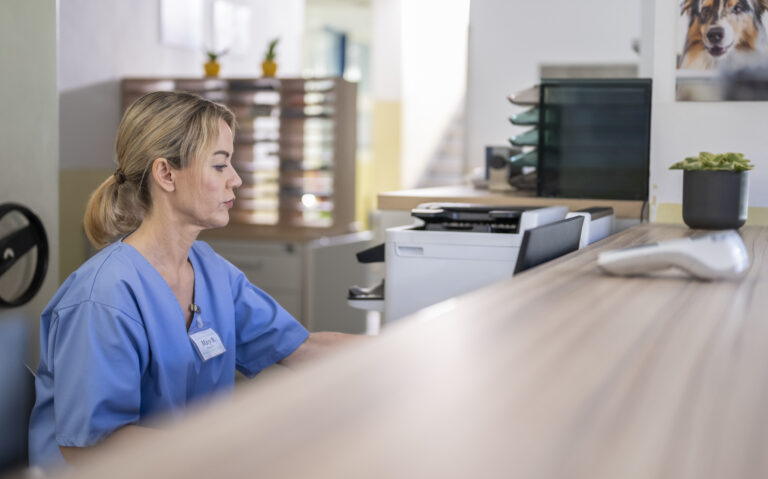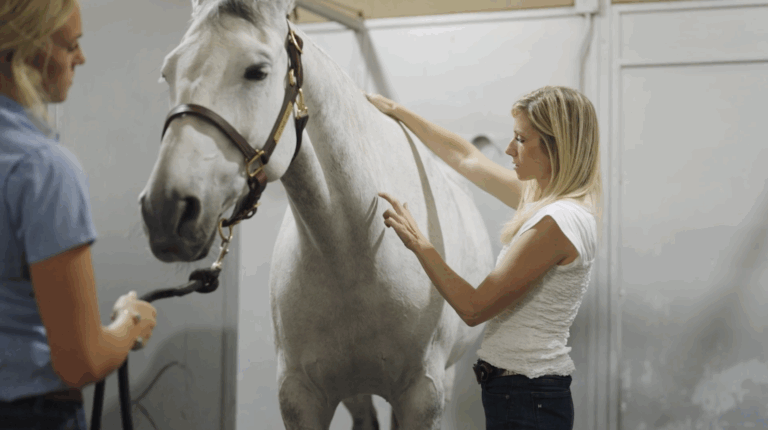
Many different types of equipment are needed in veterinary practice, from copy machines to ultrasounds. Some equipment needs to be replaced fairly frequently, and some has a long, usable life. Deciding whether your business should lease equipment or buy it outright depends on your unique situation.
Leasing equipment can be a good option for those who have limited capital or who need equipment that must be upgraded every few years. Purchasing equipment can be a better option for businesses with cash reserves or when the equipment is expected to remain in service for more than five years.
Beyond simply weighing the obvious costs of buying or leasing a piece of equipment, you also need to consider the expected costs of maintenance, available tax deductions, the flexibility of the financing terms and the expected life of the asset. By considering the pros and cons of leasing versus buying, you might find that the cost-benefit of one option strongly outweighs the other.
Leasing the equipment that you need preserves capital and provides flexibility, but that is almost always more expensive than purchasing it. Leasing allows you to acquire assets with minimal initial cash outlay, as equipment leases rarely require a down payment. For practices with slim cash flow, this can be an advantage. Lease payments can usually be deducted as business expenses on your tax return, reducing the net cost of your lease.
By contrast, when you purchase equipment, even with a loan, your payments come directly from your taxable “bottom line.” If you have a marginal credit score or need a longer term to lower your monthly costs, a lease’s flexibility can be a significant advantage.
As veterinary equipment has become more technical, the problem of obsolescence is significant. Leasing can allow for easier upgrading of equipment. Leasing items such as photocopiers or laboratory equipment allows an upgrade to a new model as soon as your lease expires. In addition, with leasing, you typically don’t pay for maintenance. If something malfunctions, the leasing company is responsible for fixing the equipment or providing you with another.
However, with leasing, you are not building equity because you don’t own the asset. Sometimes a lease provides for an inexpensive buyout at the end of the term. In that case, you might pay higher interest, but you will have an expense on your income statement, and you can retain the equipment, if you desire to, at the end of the lease.
While both leasing and buying equipment with a loan obligate you to make payments for the entire financing period even if you stop using the equipment, some leases give you the option to cancel the lease if the equipment you leased is no longer necessary. However, it is important to note that early termination fees almost always apply.
The most obvious advantage of purchasing equipment is that you gain an asset with value. When the purchased item’s value will not erode substantially with use, it will allow an exchange of this value as a “trade-in” on a technologically updated model in the future.
An example of a piece of equipment that is best purchased is an ambulatory practice vehicle. In addition, necessary equipment items that have obvious obsolescence but are not expensive (such as computers) should be purchased rather than leased in order to get the best value. Other items, such as office furniture, should be purchased because of their long-expected lifespan.
Buying equipment for your practice outright might not be an option because the cash is simply not available. If you plan to finance a purchase and make monthly payments, most lenders require a down payment of around 20%. Section 179 of the Internal Revenue Code allows you to fully deduct the cost of some newly purchased assets in the first year they are placed into service. In 2018, you can deduct up to $1 million of equipment. The Section 179 provision can give you substantial tax savings when you make purchases for your business.
When deciding whether to buy or lease a particular piece of business equipment, include tax considerations, costs of maintenance and potential resale value. Consider the expected life of the purchased asset, and do not finance purchases over terms that exceed the expected lifespan.
Calculate the potential revenue derived from using this equipment and the overall monthly cash outlay required.







